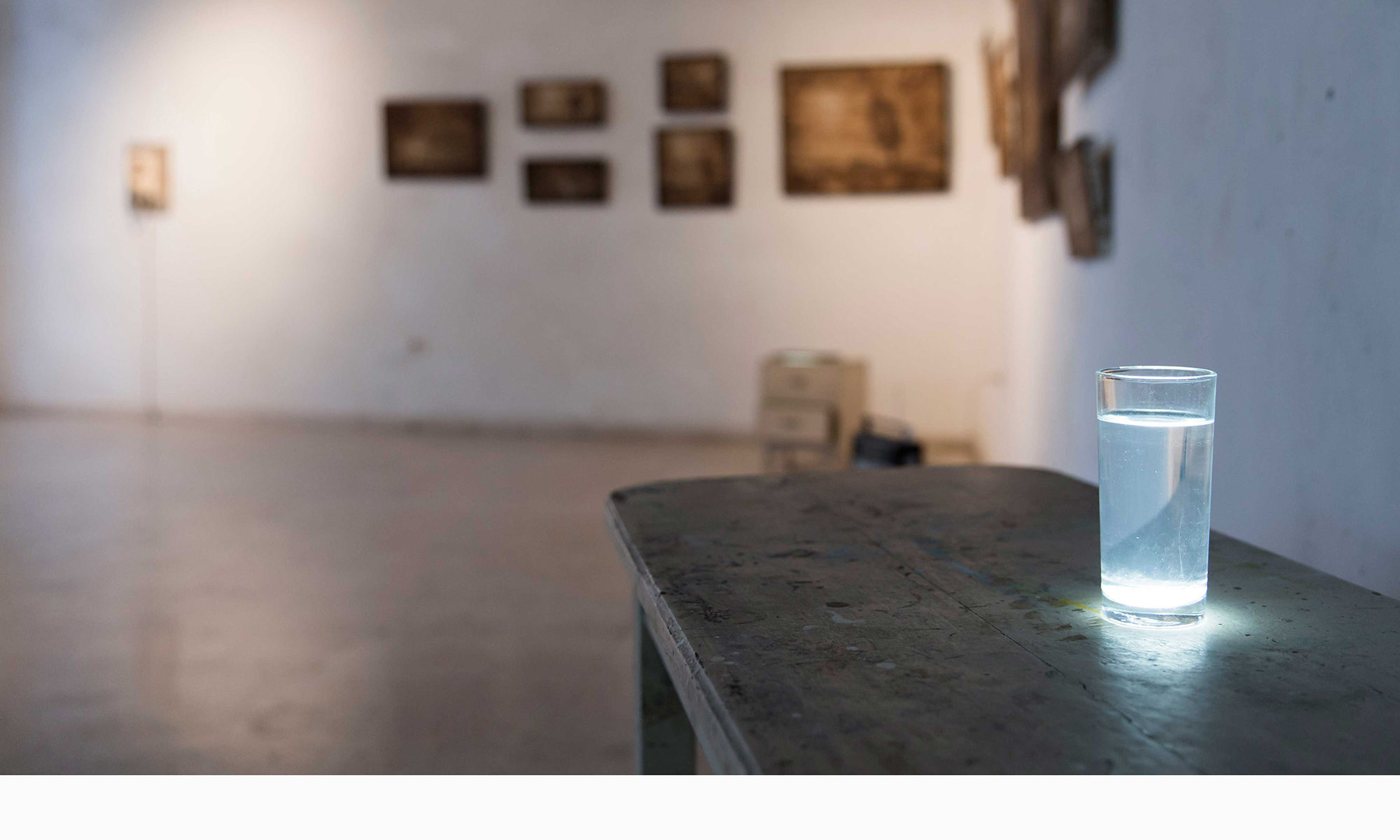“Art is a good mark, but it is not the best. Art makes no sense if we are unable to transmit what we know to others.”
This story was first published on the Executive Education Student Newsletter. Summer 2017. Volume VI, Issue 2 (pp 9-10). Maxwell School of Citizenship and Public Affairs, Syracuse University.

Being an enthusiast of the classical Greek civilization, I was pleasantly surprised when I first arrived here and discovered a condensed version of the Ephebic Oath at the Maxwell Foyer. More than two thousand years later, the pledge that every Athenian boy swore in the temple of Aglaurus to become a citizen is at the very heart of the Maxwell Temple. My amazement, however, goes beyond my cultural or linguistic fascination. It is rooted in the timeliness and validity of these words; words that expressively describe the fundamentals of public service and provide a higher meaning to citizenship. This meaning is intimately connected with the role of citizens within democracy.
The entire democratic temple is at risk of collapse without the cornerstone of social consciousness and responsibility. Social consciousness is the force that pushes us to strive —along and with many— for the ideals and sacred things of the city. Responsibility is the force that propels us to work together for a future that we will not behold. They drive us to leave a mark in this world, a mark, different from personal ambitions, which is committed to the public good.
This notion is at the very core of our essence as human beings. Our entire civilization rests on the idea of transmitting something better to the future generations. Consciously or unconsciously, we are constantly seeking for this mark. A house that we build, a book that we write, a tree that we plant, a good cause, a successful enterprise, or a work of art, all of them could be our mark.
As an artist, I know that art is a precious mark to leave in this world. Not a painting, a good film, or a sculpture per se, but the spiritual enhancement they produce on people. This is their ultimate purpose. Russian filmmaker Andrei Tarkovsky said once that to define the mission of art we needed first to define the meaning of a person’s life on Earth: if human life tends to a perpetual spiritual enrichment, then art is a means to get there. Consequently, if art is a means to enhance others and ourselves spiritually, then art is a means to enhance society.
Art is a good mark, but it is not the best. Art makes no sense if we are unable to transmit what we know to others. Art is purposeless without education. We need to escort others in their pursuit of knowledge and experiences. Education, as I conceive it, is the best mark we can leave in this world. It will last more than all the houses, temples, canvases, books, sculptures and trees. If citizenship is the cornerstone of democracy, then education is the foundation of the building.
This is a lesson I have learned during the course of almost twenty years of experience in the field of art education, but it all started with a conversation. Back in 1998, I was about starting to teach art. Desperately looking for counsel, I went to see my friend Father Felipe Navarrete, S.J. I was 21 years old and I was full of doubts about the usefulness of teaching. I wanted to do great things, and great things did not look at all to me as being surrounded by kids all day. I wanted to fix the world, not a restless kid. Then, Father Felipe told me a story that I have never forgotten:
Mom was traveling abroad, and dad was in charge of his restless four-year-old girl. The little girl wanted his dad to take her to play in the park. This evening, however, dad had to finish an important appraisal for his boss. He needed a diversion for his daughter and he came out with a plan that would keep her busy for a while. He took a magazine with a map of the world on the front cover, tore the cover off, and took his little girl to a table in her room. Then he ripped the picture into little pieces, mixed them up, and gave his girl adhesive tape. Dad said to her: “When you put the puzzle back together then I will take you to the park.”
He went back to his studio thinking it will take several hours for the girl to finish. Ten minutes later, his little girl came joyfully running into the studio: “I did it, look Daddy!” He could not believe his eyes. “How did you finish so fast?” he said. The girl replied, “Dad, on the back of the cover page you gave me there was a picture of a person; so, I made the puzzle of the person first and then the world came together too.
The meaning of this story is: if you want to fix the world, fix the people first.”
My advice to all the citizens of Maxwell School: If you want to leave a mark in this world, please, start by leaving a mark on the people that surround you. This will be the best public service you can do; the most sacred thing you could strive for your city, and the greatest legacy you can leave in this world.
Do your best to help grow responsible and conscious citizens of your homeland. Someday, for sure, they will swear an oath that is written not in the Aglaurus temple or in the Maxwell Foyer but in the indelible page of their hearts.

